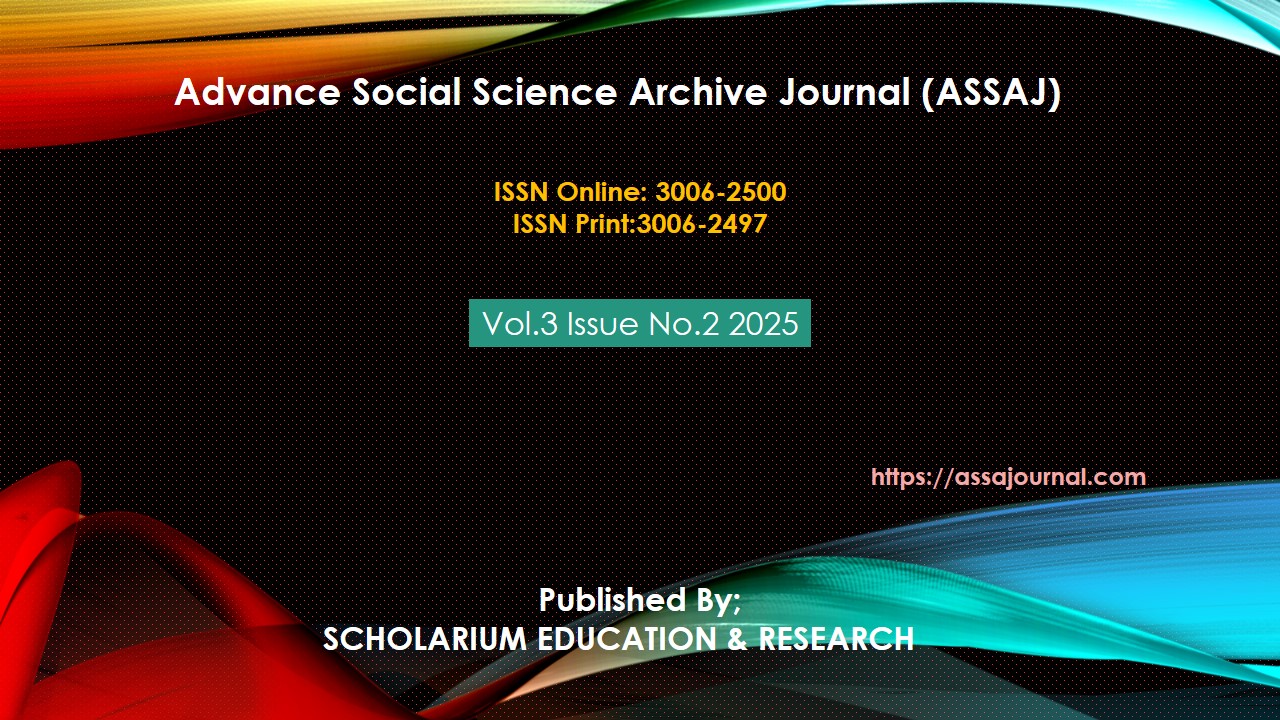A Sociolinguistic Study of Swearing Among Children in Tehsil Hazro Distt. Attock
Abstract
The present research focuses on the sociolinguistic proportions of swearing among children in Tehsil Hazro, a strong traditional rural area of Pakistan that keeps the linguistic diversity. This study explores the linguistics form, function, and the meaning of taboo expression in social context among the school going children between the ages of 9-14 in Tehsil Hazro, Pakistan. Allan & Burridge (2006) say in many societies, People often consider swearing taboo. It plays considerable roles in showing emotions, forming social bonds, and negotiating tone strength. For the purpose of examining the form, function and frequency of swearing along with influence of demographic factors (age, gender, and peer bonding), both the methods, qualitative as well as quantitative are used. The study examines how children apply the swearing words in their different related fields of life such as school, street, playground, class, and home and how swearing works as a tool of solidarity, humour, teasing, and identity recognition in a multilingual peer setting like the rural locality of Hazro. For interpreting the finding, the research bases on the sociolinguistic and politeness/impoliteness theories within the local cultural norms. Findings and results not only provide a rich understanding of language socialization, childhood discourse, and cultural views on taboo speech in rural Pakistani contexts but also exhibit the various communicative purposes , such as aggression, self-display, power assertion humour, teasing, and bonding. By researching this area of language, this research contributes to understand the socialization of language and function of taboo language in childhood deeply.
Keywords: Sociolinguistics, Swearing, Taboo language, Tehsil Hazro, Linguistic diversity, Peer bonding, Language socialization, Identity, Politeness theory, Impoliteness, Cultural norms, Humour, Group belonging





